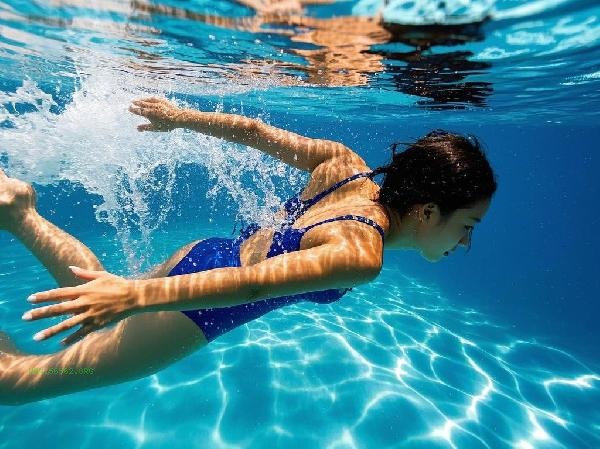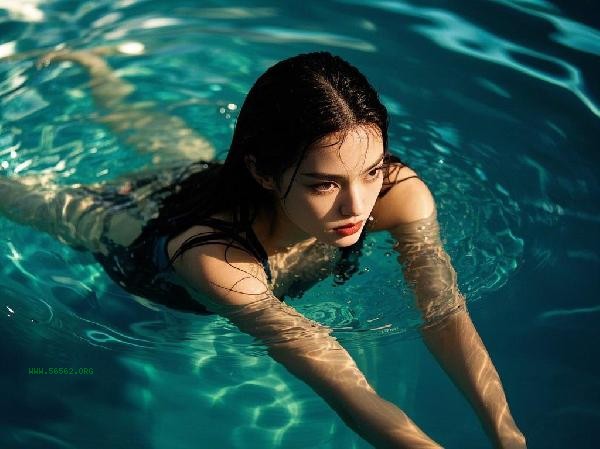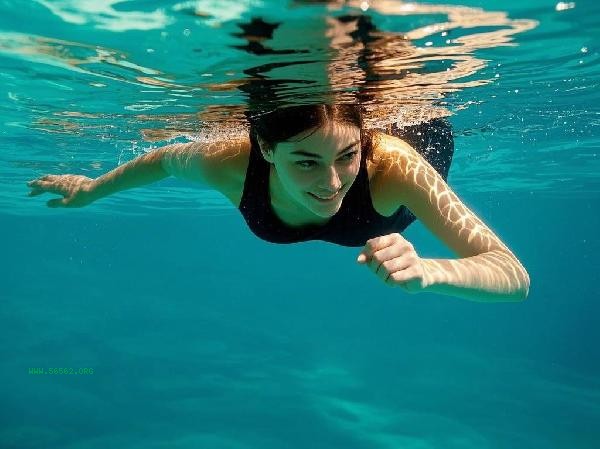The swimming pool water circulation filtration system can achieve water quality cleanliness through physical filtration equipment, chemical disinfection treatment, circulation pump configuration, pipeline layout optimization, and intelligent control system. This system can effectively remove impurities from water and maintain water hygiene, and suitable solutions need to be selected according to the size and frequency of use of the swimming pool.

1. Physical filtration equipment
Quartz sand filters and diatomaceous earth filters are common physical filtration devices that can intercept suspended particles in water. Quartz sand filter intercepts impurities through multiple layers of sand bed, suitable for small and medium-sized swimming pools; Diatomaceous earth filters have higher filtration accuracy and are suitable for places with strict water quality requirements. Regular backwashing can maintain filtration efficiency, and it is recommended to perform equipment maintenance at least once a week.
II. Chemical Disinfection
Sodium hypochlorite and ozone disinfection are the mainstream chemical treatment methods. Sodium hypochlorite can continuously release effective chlorine to kill microorganisms and needs to be used in conjunction with pH regulators; Ozone disinfection has strong oxidizing properties and no residue, but requires the installation of an ozone generator and a contact reaction tank. It is recommended to monitor the residual chlorine value daily and keep it within the standard range to avoid excessive disinfection by-products.
III. Configuration of Circulating Pump
Centrifugal water pump is the core power of the circulating system, and the appropriate power should be selected according to the pool volume. The standard cycle time is 4-6 hours to complete all water filtration, and the competition pool needs to be shortened to 2-3 hours. Variable frequency water pumps can adjust the flow rate according to the usage load, saving more than 30% energy compared to traditional fixed frequency pumps. They can switch to low-power operation mode at night.

IV. Pipeline Layout Optimization
Adopting a balanced pipeline design to ensure uniform water flow distribution, the main drainage outlet should be set at the lowest point of the pool bottom. The water supply outlet should be distributed diagonally, forming a circulating dead water zone not exceeding 5% of the total water body. UPVC material pipes have strong corrosion resistance, and the selection of pipe diameter requires calculation of flow loss. The number of elbows should be minimized as much as possible to reduce water flow resistance.
Fifth, Intelligent Control System
The automation control system can monitor turbidity, ORP value, and pH value in real time, and adjust the dosage and circulation speed in linkage. The remote monitoring platform can receive water quality alarm information, and some systems have predictive maintenance reminder functions. The intelligent water-saving system can collect overflow water for secondary filtration, and when combined with rainwater recovery devices, it can reduce the amount of new water replenishment.

Daily maintenance requires regular cleaning of hair collectors and checking for changes in filter pressure gauge values. During winter shutdown, it is necessary to drain the pipeline and store water, and perform rust prevention treatment on metal components. It is recommended to have professional personnel test the system's sealing performance every quarter and replace worn sealing rings and bearings. Clear water quality signs should be set up around the swimming pool to display daily testing data and usage precautions. During high temperature seasons, the frequency of circulating filtration should be increased and efforts should be made to salvage floating objects on the water surface.






Comments (0)
Leave a Comment
No comments yet
Be the first to share your thoughts!